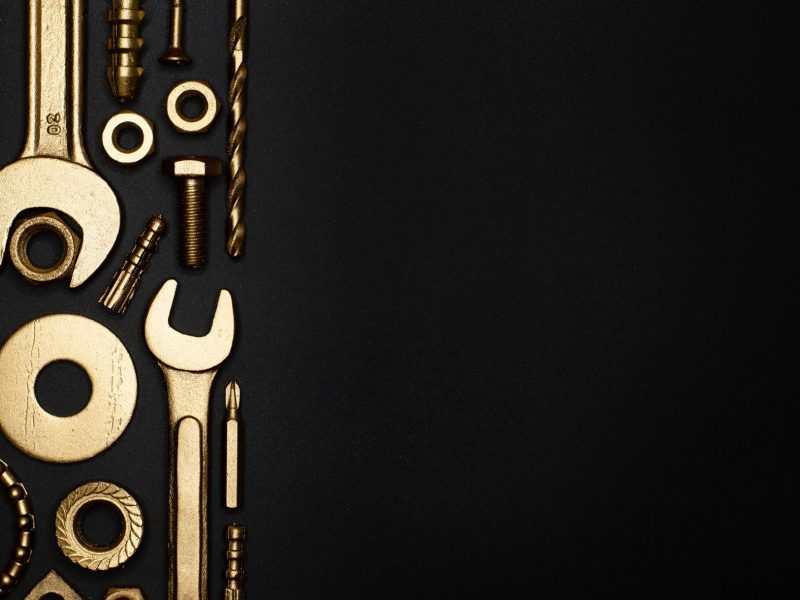Standardising Materials
What are the primary benefits of standardising all the materials and components?
- Improving your supply chain
- Reducing your procurement costs
- Ensuring your components fulfil their full lifecycle
- Move to higher quality materials
- Reduce lost time
Over the years our engineers have seen lots of manufacturing drawings that contain unnecessary material from over specifications or so many different component sizes for things like nuts and bolts. By eliminating bespoke or multiple sizing or overspecification you’ll see many benefits. If you have cost saving goals or need to be careful with your next Capex then it’s important to understand this area.
Improving your supply chain
Now more than ever the UK has experienced many factors that have meant most keep more stock of the things needed for regular maintenance of machinery.
When materials and components are standardised, you might be able to reduce your stock inventory or have a faster delivery than bespoke sizes or needing to order minimum quantities that leave you well overstocked.
You’ll also be able to access more suppliers which is important for spreading the risk and getting the best cost which is also topical in the metal industry right now.
Reducing your procurement costs
This one might be one of you top ‘to nail’ items within your OEM. With steel plates being quoted at ~£1,900 per tonne currently it’s critical to keep on top of the real material requirements for new installations or fixes.
Think about having a range of components, different sizes for the same piece of equipment, where you need 3 of one size and 7 of a another then 5 of another. Yet you need to order them in multiples of 50. Your costs can immediately be reduced by having the same sized components which needs to be thought about during the stage where you move from concept to manufacturing for your designs.
You could need to be considering how to reduce costs on bespoke plates where laser cutting is needed every time you need a new plate by looking at what’s available pre-cut and off the shelf.
Ensuring your components fulfil their actual lifecycle
When you purchase components, you want them to have as longer life as possible and each component has different lifecycles.
If you have multiple components within a piece of machinery then things will wear at different speeds so could impact on breakdown rate or lost production time. Not only that it could impact on the lifecycle of its fellow components because of breakdowns effecting performance and longevity of everything else that moves.
Standardisation reduces the likelihood of components not fulfilling the actual lifecycle they were designed to operate in.
Select higher quality materials
If you can reduce your material costs by eliminating wastage, bespoke made items, expensive cutting on standard products and over ordering on multiple component sizes.
Then you can choose higher quality materials.
And higher quality materials will have a longer lifecycle and often perform better in their operating environment. Giving you a more reliable piece of equipment and it will probably be easier to maintain proactively.
Reduce lost time
Let’s be honest if you have a workshop where your components are stored and a maintenance engineer has to spend time locating all of the various sizes needed to make a repair or do swap outs the time to find will be longer no matter how well organised your team are.
With standardised parts for specific equipment you will eliminate the time needed to maintain and fix simply by removing this complexity.
How can our team help you standardise materials in your manufacturing site or for your next install? Talk to us 01332 419 220


